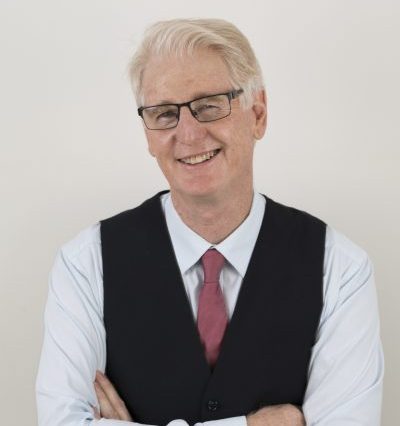I was talking with a friend recently about his business and plans he has to sell it. He told me he hasn’t been drawing income from this business for a while (he has other streams) but has continued to work on the business to prepare it for sale. In fact one of the reasons he has not drawn income is to decrease the wages bill to make it more attractive to a buyer.
There is no doubt that hiding expenses from the profit and loss statement makes a business look stronger. And you could argue he is hiding nothing, as he really is not an expense to the business. Quite true. However, his input to the business is undeniable. All that has changed is he is working as a volunteer – he is donating time and expertise to keep the business looking profitable. He is not hiding expenses from a prospective buyer; he is hiding unpaid labour.
During my workshops with physiotherapists and other health providers, I walk them through an exercise in determining their actual worth to their business. Both their worth as a clinician and as a manager of the business. And we put a dollar value on both streams and calculate how much income they should be drawing if every hour of their contribution was included on a wages time sheet. Then we compare that figure with the money they are actually taking from the business in terms of salary, drawings, dividends, superannuation top ups, vehicle use, etc.
Ideally, they should be taking more dollars from the business than they are actually entitled to based on their exertional entitlements. Money taken beyond your work value into the business is called profit. And profit is good, perhaps essential, for a business.
Many times, however, once we factor in the administrative hours worked by the owner and attribute a dollar value to those hours, we find the owner is actually drawing less money from the business than they should earn if they simply paid themselves to do their various jobs at an appropriate remuneration rate. In other words they are donating time (and expertise) to their business and not being paid for it. They are underpaying themselves. They own a job that doesn’t pay them what is actually earned – let alone a profit on top if it!
This figure – unpaid work by owners – doesn’t show up in the usual financial reports such as profit and loss statements or balance sheets. So there is an under estimate of the real expenses of the business making it look stronger on paper than it might be in real life. Of course a buyer will discover this later on when they find the only way to match the promised cash flow is to repeat the mistake of donating unpaid time to the business. I guess the hope is to improve the ultimate resale value to compensate them for volunteering.
Knowing if you are paying yourself (as an owner) more, less or exactly what you are entitled to based on the hours and talent you contribute to your enterprise is important. But only if you can face the possibility that not only do you not own a business (ie. it makes no profit), nor do you own a full paying job (as you are under paying yourself), but you actually donate your time and thus are fulfilling a vocation for the sheer joy of helping people.
My friend is helping improve the selling price of his business, but he has to really, given the hours of unpaid labour he is donating to keep it looking strong. I hope he isn’t confronted by a savvy purchaser who discovers the ‘hidden’ expense not reflected in the profit and loss statement.
If you want to participate in my business workshops where we do this exercise (and you get software so you can redo it as your business grows) simply enrol in any BizFizz or Red Hot Business event at the Redsok International website. If I am not coming to your area, keep a watch out for any online events which will be listed in the newsletter (to which you can of course subscribe for no cost).
Craig Allingham
